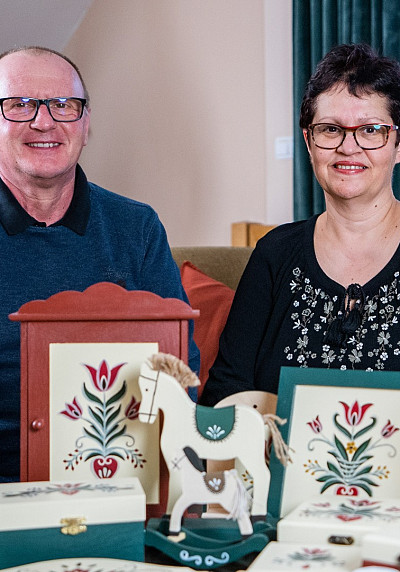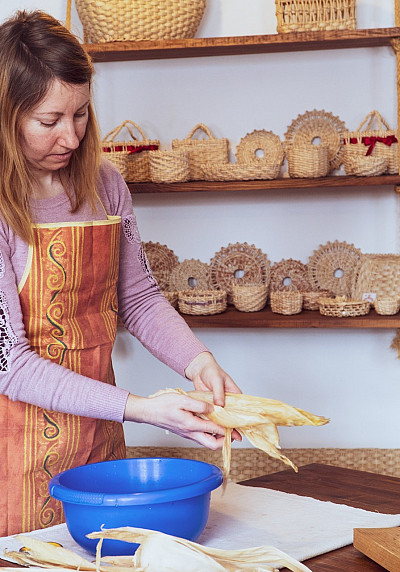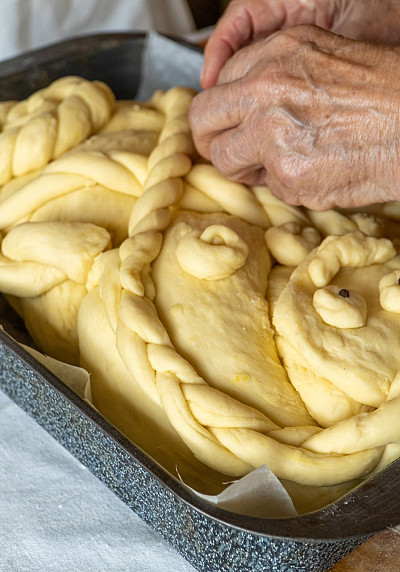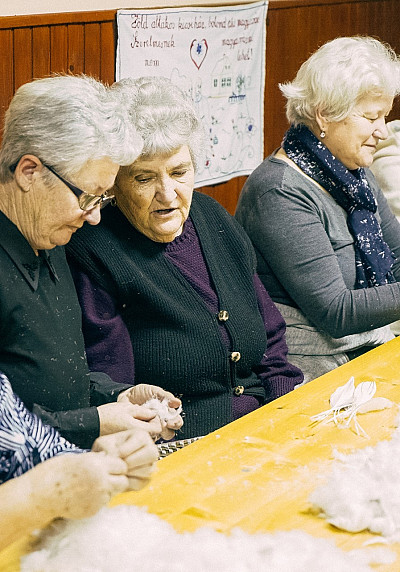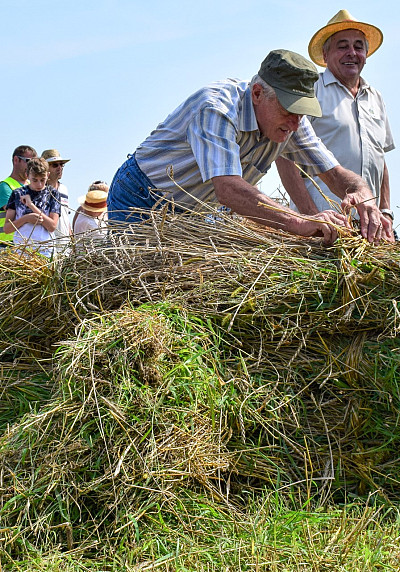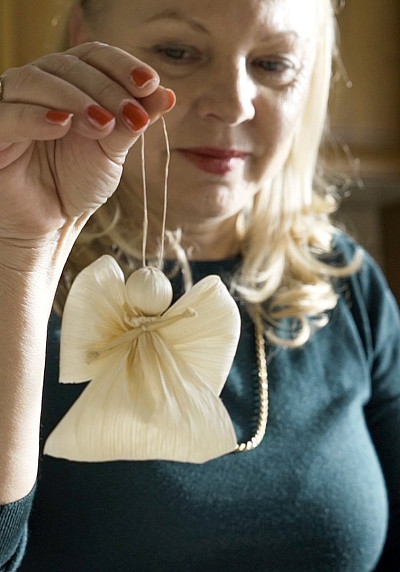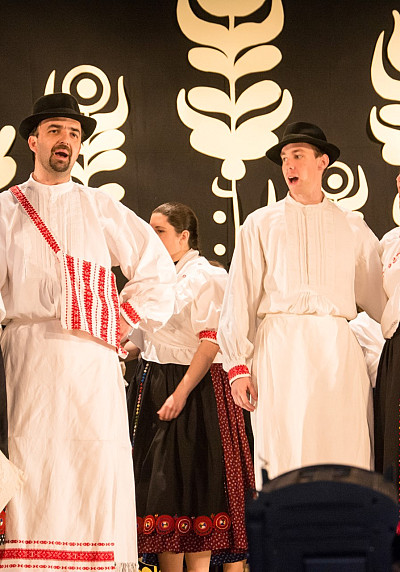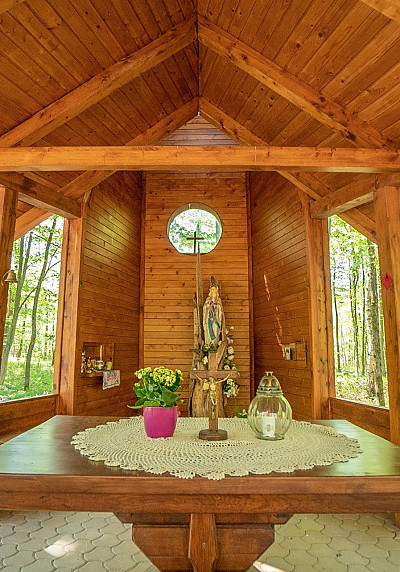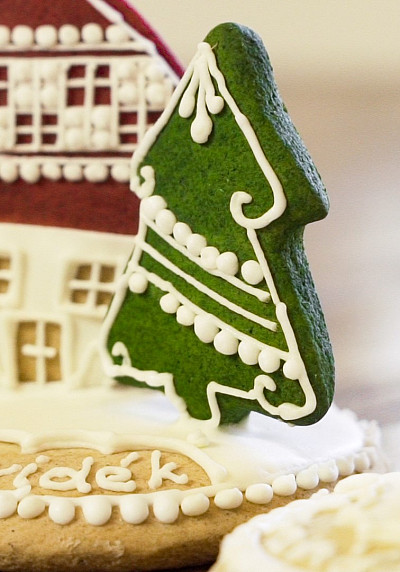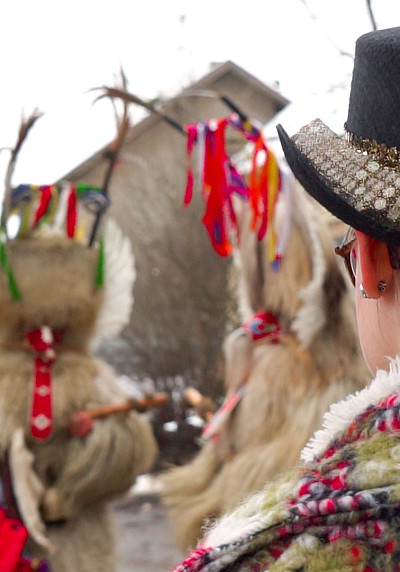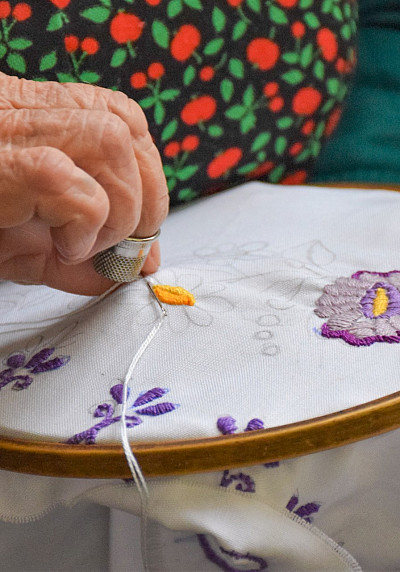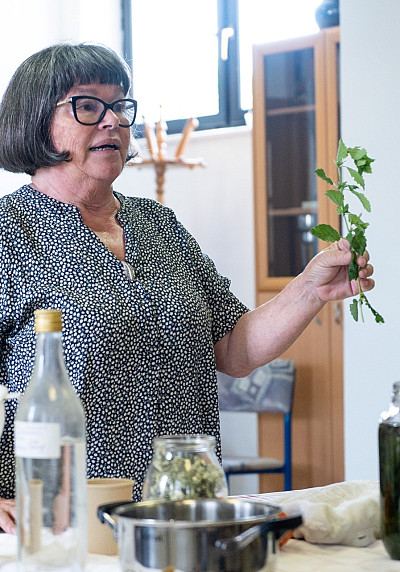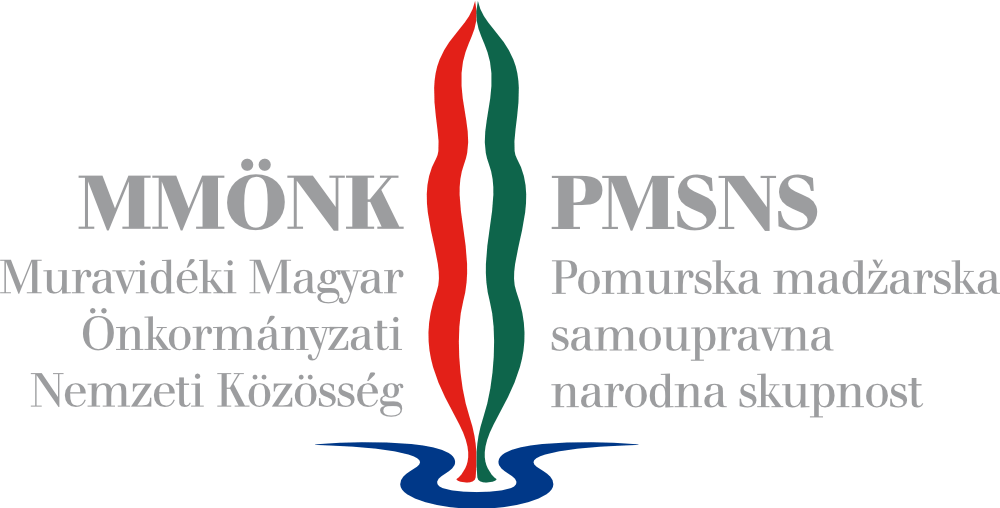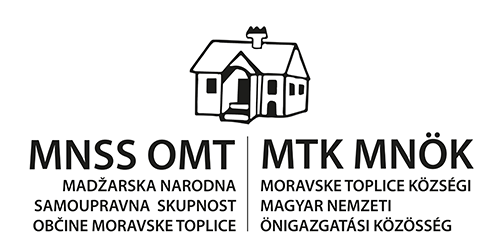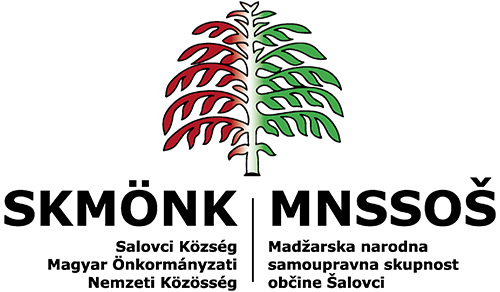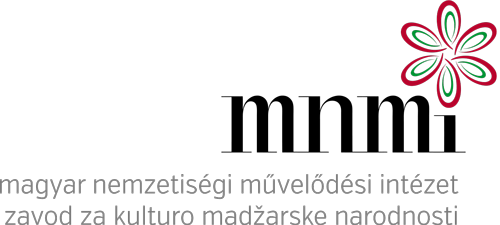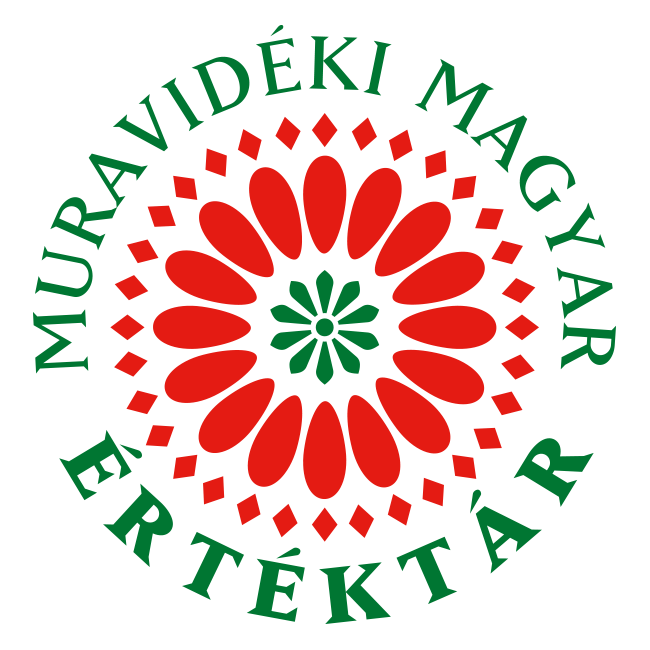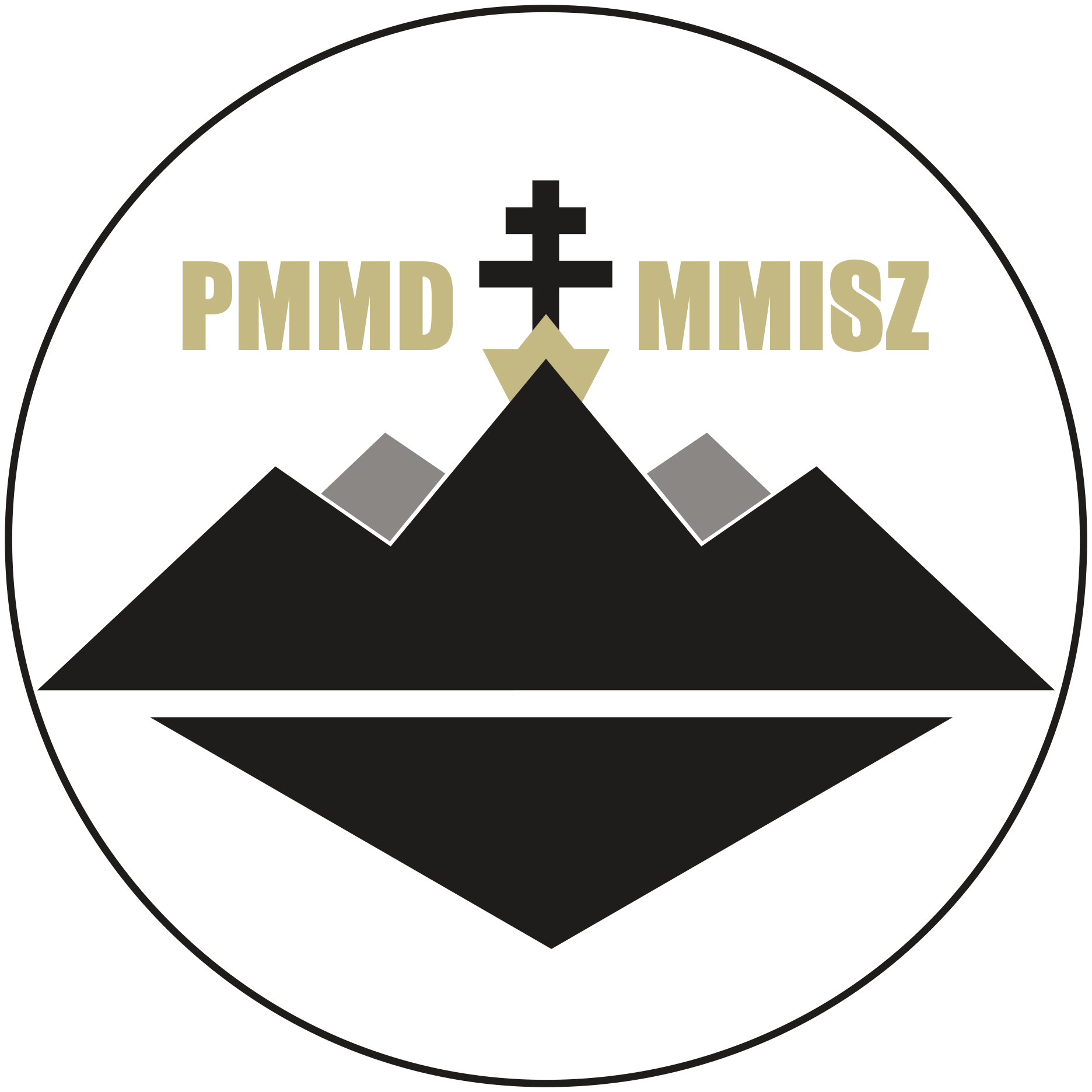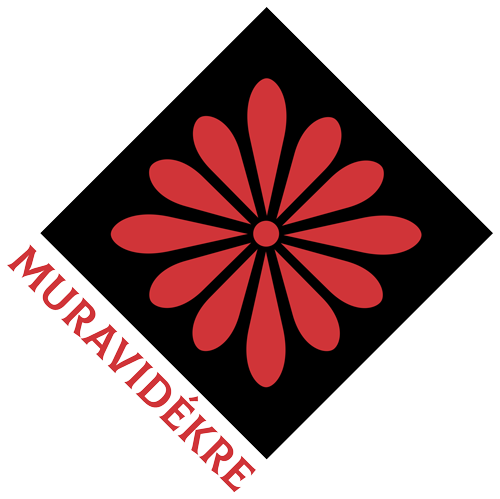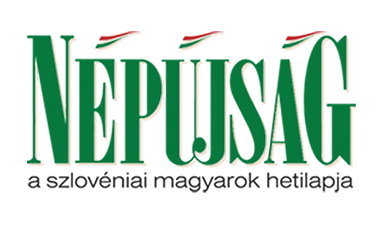The Making of Easter Eggs with the Batik Technique
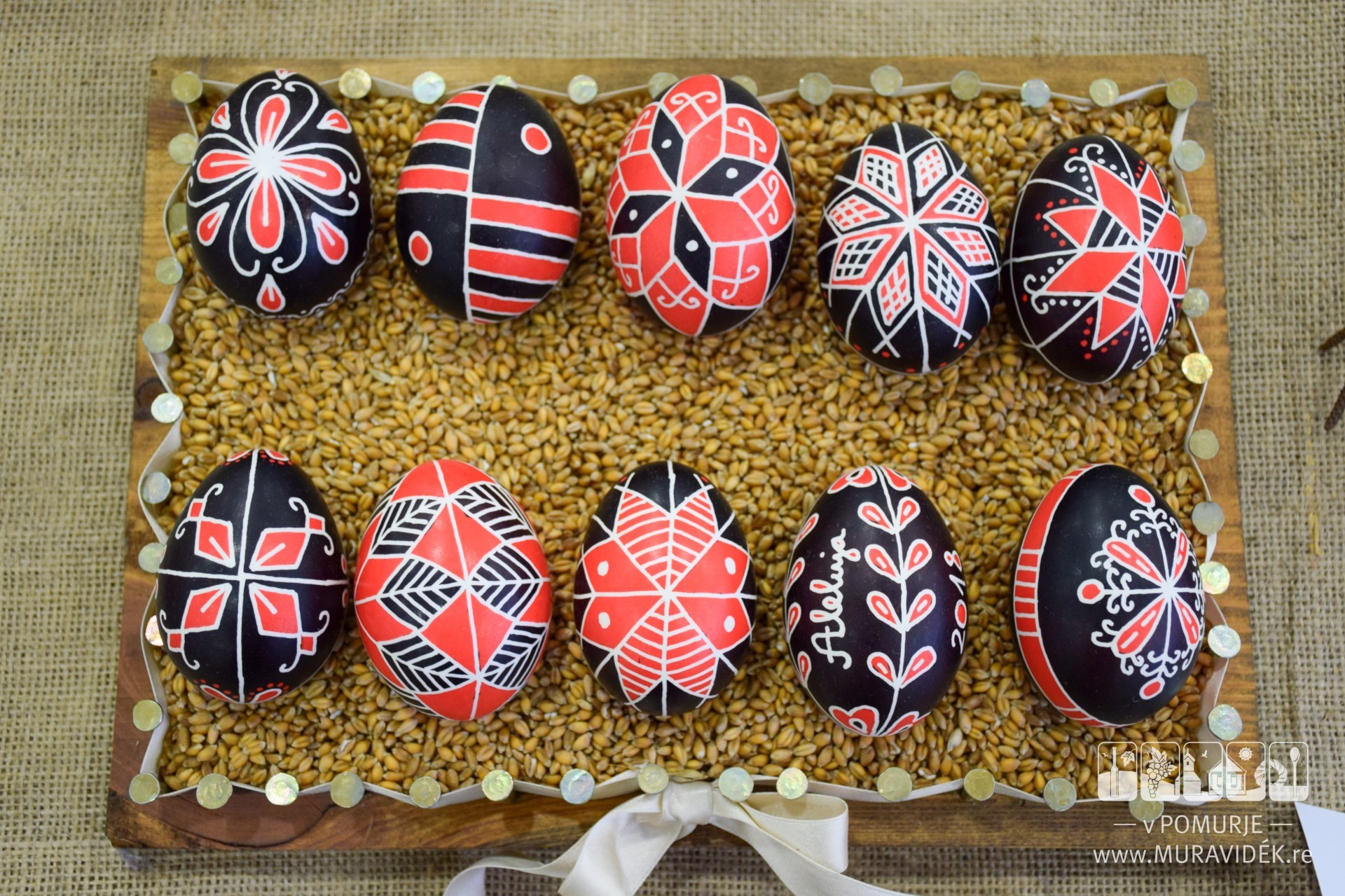
A part of the rich folk tradition in the bilingual area of Prekmurje are the Easter eggs that are made in a traditional way: with the help of bee wax, a pen and black and red dye.
In Dobrovnik, the batik technique has been known and used since 1800. For this technique, one uses a pen, bee wax – for removing the wax, also a candle (flame) – and black and red dye. The best-known motifs are the ones from Prekmurje, Dobrovnik and Petišovci. Even today, they use the old motifs with straight lines, jagged lines, waves, circles, dots or something called ‘rabbit’s ear’.
They draw the motif onto the egg with the wax and put it in the red dye long enough for the egg to turn a lovely shade of red. After that they cover the red parts with wax and dip it into the black dye. The wax is then removed with the heat from the flame, so the motif is now white, red and black. In order to get that extra shine on the egg, it is greased or oiled.
In Dobrovnik, the batik technique of Easter egg colouring has been preserved to this day. Every year they hold exhibitions of Easter eggs made using this technique.
We spoke to Anna Car about the making of Easter eggs using the batik technique and Valerija Car showed us how it is done.

